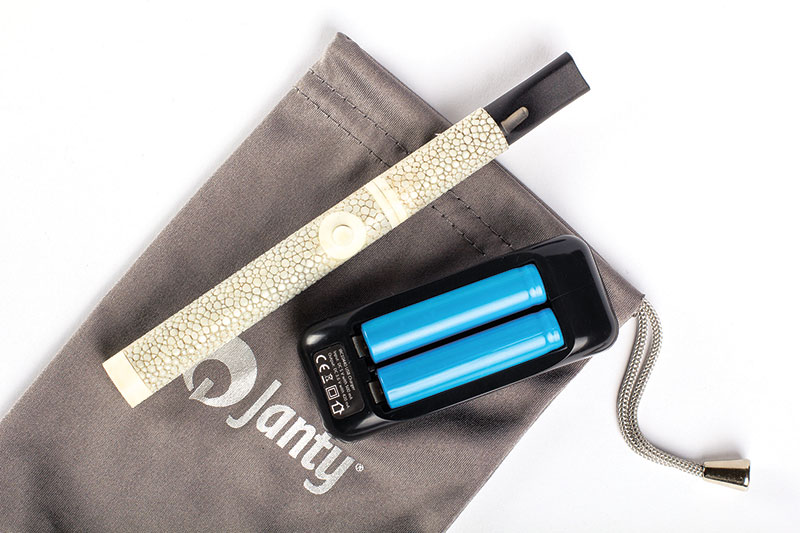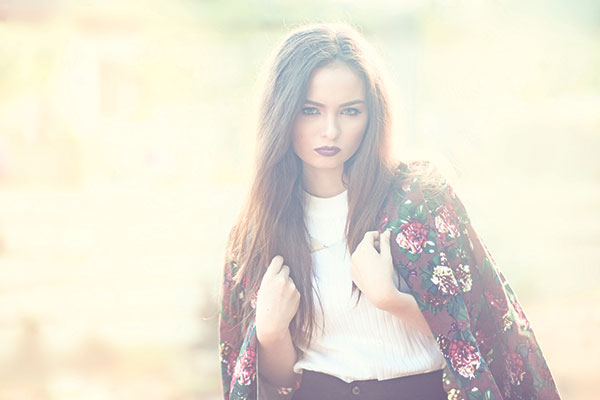Feathered lighting
A FEW weeks ago, I was experimenting with a lighting style I experienced when I was assisting another photographer in Australia sometime 2014. Back then, I was actually surprised as I was setting up his lighting based on the diagram he gave me before the shoot — he suddenly adjusted the angle of the main light facing farther from the subject.
I adjusted it back in between shots and he quickly adjusted it back to his preferred angle. He said he wanted to use a feathered light. I didn’t understand it immediately but it seems like he was getting it right and he was happy with his shots. I knew I heard feathered lighting somewhere but I never really tried it.
A few months ago in Manila during the Photo Festival in BGC, Jan Gonzales was setting up his beauty dish for the exhibition shoot for Fujifilm. I noticed that he was not pointing his light directly at the subject and it seemed like he was after the light spills or feathered light to light the subject.
It was only after a series of shoots that I decided to experiment on feathered lighting. The only reason I tried it was because my main light has too much power and the only way to step it down is to put another layer of diffuser or use the less-intensity feathered light. I’m glad I did because it solved a lot of lighting concerns in the set.

Feathered lighting offers a different style. There’s not much of a difference if you’ll compare it with direct lighting, especially when using softbox, but there’s a certain flavor or small difference that can only be associated to your take as an artist. There’s a major difference when it comes to light fall-offs to the background but not much when comparing the two lightings in reference to the subject.
Learning the basics of lighting is very easy. The rules are simple and it’s constant, as referred by the laws of physics. However, the different variations and cause and effect scenarios are too many to identify. It’s something you experience every day from the moment you open your eyes in the morning, you see light. Maybe diffused by the window or the curtain or provided by light bulb, they all render different lighting scenarios.
If you want to learn more than the basics of lighting, all you have to do is reverse engineer any interesting lighting condition you experience the whole day. Whether it’s the cozy and warm lighting in a hotel lobby or the morning light in a coffee shop. Try to understand where the light is coming from and how it illuminates every scene.
With too much variables involved in lighting, focal length, shutter speed, aperture, subject and a lot more, I don’t think that you’d be able to understand everything in a lifetime. Close to infinity. You’ll always be a student when it comes to photography, the learning nevers stops.
Keep on shooting, everyone!
photomania.sunstar@gmail.com
www.albertpedrosa.com




